What Is Distributed Order Management?
- 09/11/2022
- Philip K
Being familiar with the operation of distributed order management will make it more convenient for you to manage your store’s orders. In today’s competitive retail market, we believe a distributed order management system can help you maintain a sustainable competitive advantage.
If you are struggling with improving your business shipping services, this page will help you learn how to benefit your business with distributed orders.

What is Distributed Order Management?
Distributed Order Management (DOM) is a system that optimizes order execution to ensure that orders arrive on time and at the lowest possible cost. Different from enterprise resource planning (ERP) systems, It allows retailers to maximize order fulfillment. And meet changing demands for the best customer experience.
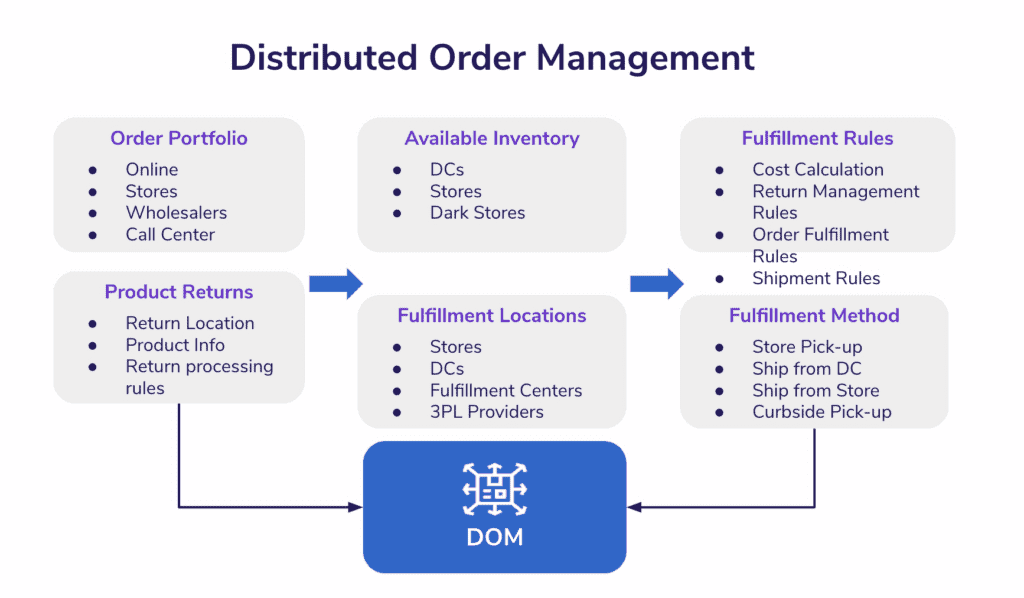
Advantage
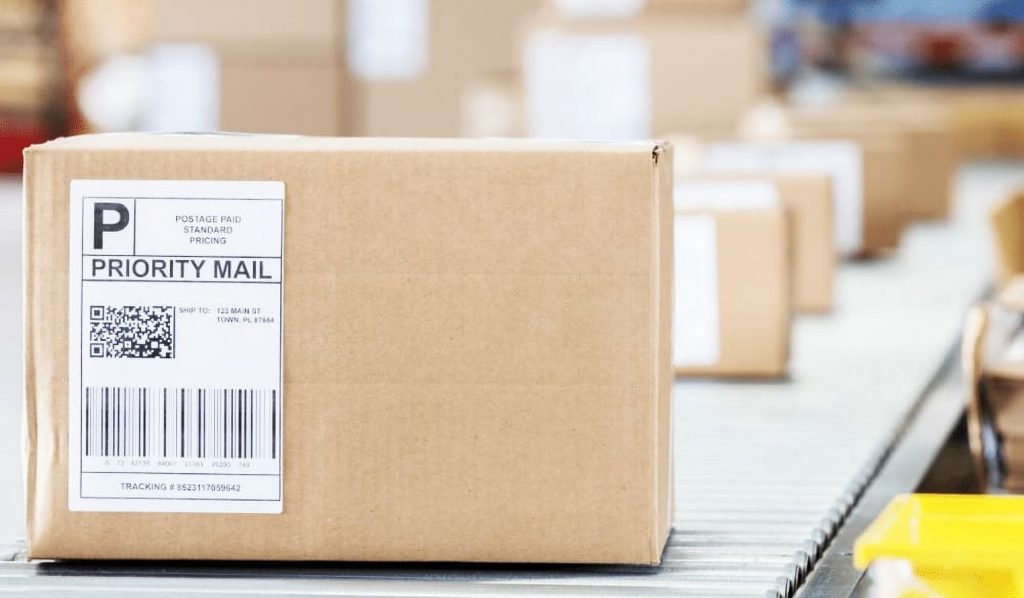
Challenges
To avoid being overwhelmed and help you make a choice, you need to be clear about your goals from the start. Do you want to improve customer satisfaction? Before moving on, set your goals and define any limits.
This article describes distributed order management and how it helps your business maximize profits, minimize costs and meet service requirements.
How does Distributed Order Management Work?
Many retailers now gravitate toward a distributed order management system. They use DOM systems for a number of reasons, including:
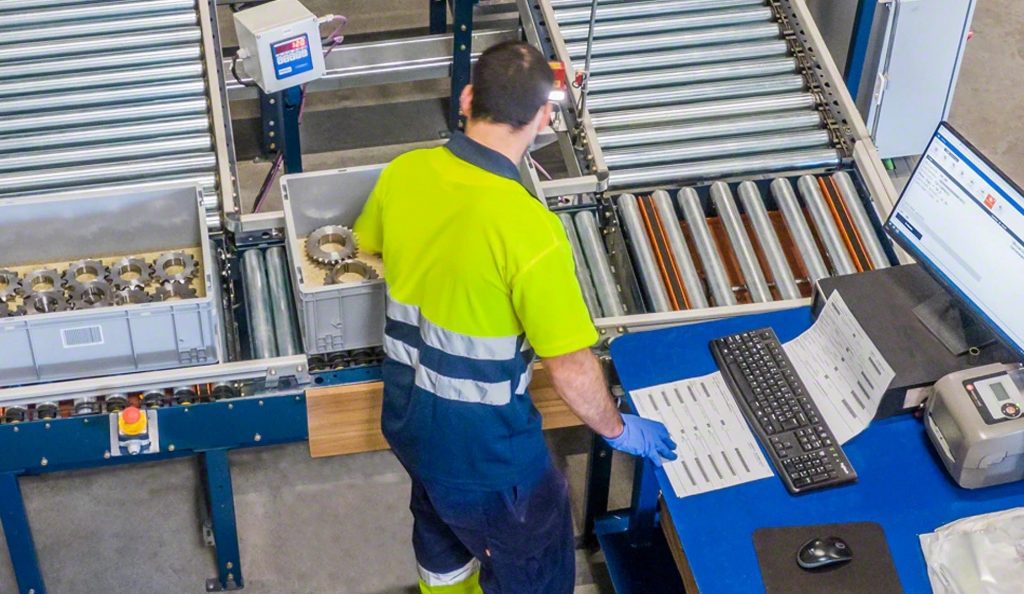
Synchronize e-commerce platforms and store locations so customers can shop online and pick up their orders in-store.
Conduct rate shopping among shipping partners to obtain the best price and meet the delivery date.
In general, these features enable your customers to better control when and where they buy, help you track their stickiness, and connect these dots each time they decide to buy from different channels.
What are the Components of Distributed Order Management?
Third-Party Logistics
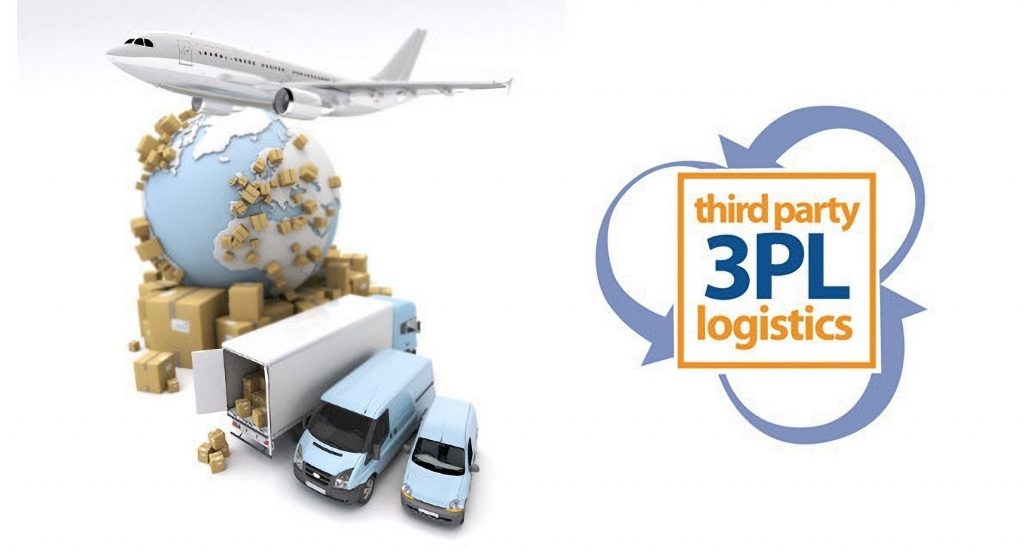
Third-party logistics (3PL) is the process of outsourcing logistics services.
Your third-party logistics solution can cooperate with Honest FulPhilment. One of the most daunting aspects of third-party logistics (3PL) is the hidden fees and complex pricing structure. Honest FulPhilment charges only two charges for 3PL service-Packaging charges and shipping charges. Both charges also apply to all 18 warehouses worldwide.
Dropshipping Fulfillment Models
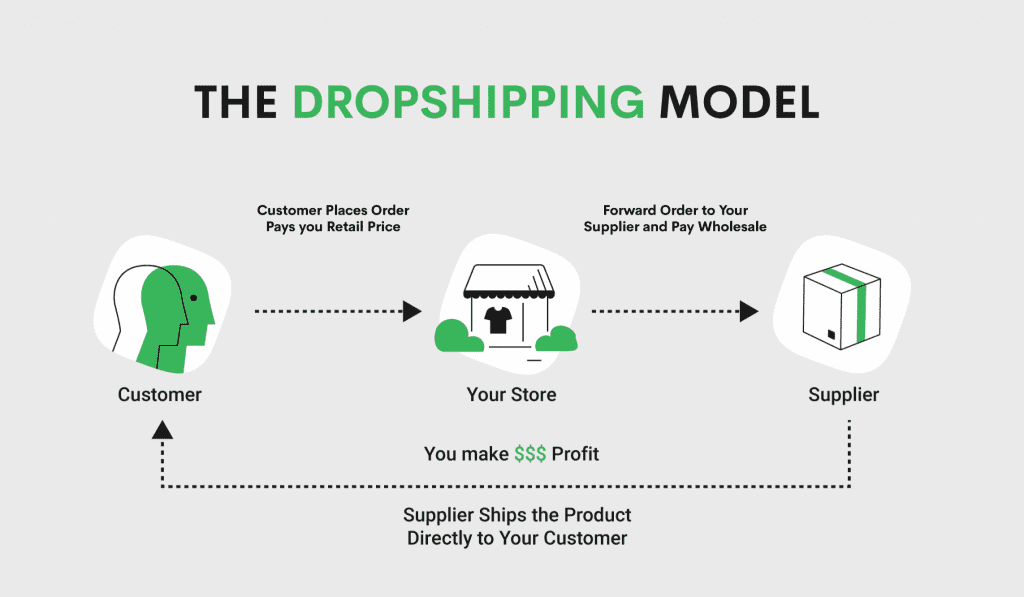
Through dropshipping, retailers purchase inventory from brands as needed, and then the brands directly send orders to customers. With this model, you can add a product catalog with zero inventory risk and visit more catalogs of wholesalers and brands.
Ship from Store and “BOPIS”
In the first option, customers can buy online and then complete the order fulfillment to send their orders directly from the store to them. The other is where the customer buys online and then picks it up in-store, which is the BOPIS method of buying.
Conclusion
Distributed order management ensures that you can provide your customers with a great experience. When you feel your business is struggling, it’s time to adopt distributed order management.
At the company – Honest FulPhilment, they will give you more information you want to know. Honest FulPhilment can help you with order fulfillment, and it has a good third-party logistics service. If you want to grow your dropshipping business, you can contact them and you will enjoy great service.
FAQ about distributed order management
Need a Quick Quote?
– Competitive price
– Quote within 24 hours
– 30+ Shipping methods
– Dedicated account manager
– Shopify/Woo integrations
– Autofulfil
– Auto tracking
– Plus much, much more

5 Best Wholesale Home Decor Suppliers 2023



10 Best Bikini Brands For Summer 2023








